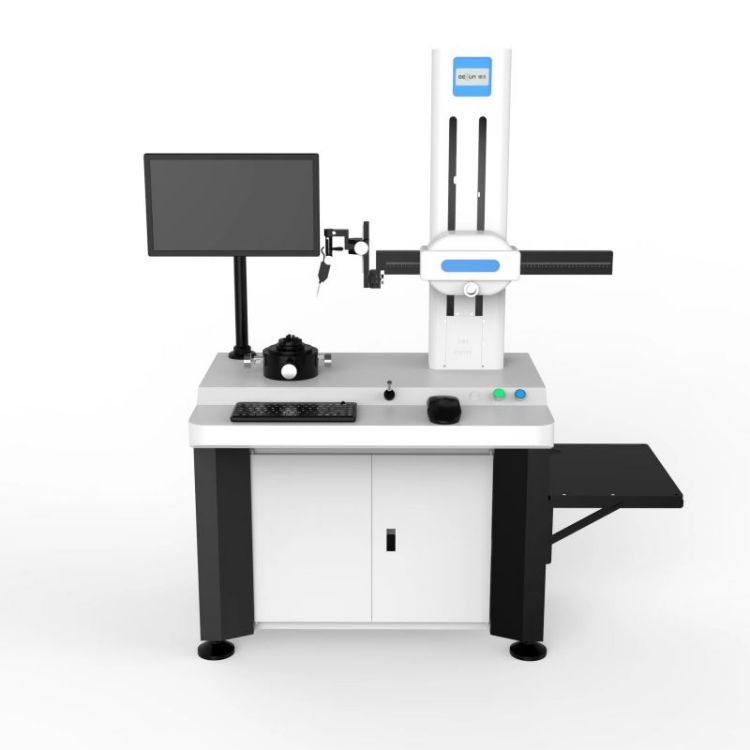Parkinson's patients have improved after being transplanted with 40,000 pig brain cells.
Release date: 2017-06-14 A biotech company in New Zealand announced that they have achieved initial success in transplanting pig brain cells into the brain of patients with Parkinson's disease. The four patients who had been transplanted had improved disease and maintained results for 18 months after transplantation. . According to a recent report by the British "New Scientist" magazine, "Live Cell Technology Company" in Auckland, New Zealand completed a transplant test of 18 patients with Parkinson's disease last month and set up a control group. The test results are expected to be 11 this year. Revealed in the month. Parkinson's disease is a degenerative disease of the central nervous system. The nerve cells secreting dopamine in the brain of patients suffer from limb tremor and difficulty in movement. The current therapy is to supplement dopamine, but the effect will gradually diminish. "Live Cell Technology" uses a class of central nervous cells located in the choroid plexus of the porcine ventricle, which contains several growth factors and signaling molecules that are essential for maintaining nerve cell health. The researchers designed a porous micro-capsule that could hold up to 1,000 pig brain cells. The capsule allows the growth factors secreted by the pig brain cells to penetrate into the surrounding brain tissue of the patient while protecting the pig brain cells from attack by the patient's immune cells. In the initial trial, the researchers implanted 40 capsules on one side of each patient's brain. It was found that in the 199-point Parkinson's disease severity assessment system, the average condition of the four patients improved by 14 points, and the condition usually worsened without intervention. However, the placebo effect cannot be completely ruled out at this time. The 18 newly transplanted patients were implanted with capsules on both sides of the brain, up to a maximum of 120. The researchers hope to further validate the effect of the therapy. The anatomical structure and physiological characteristics of pigs are similar to humans and easy to raise. It is currently the main research object of xenogeneic organs and cell transplantation. Therapy for transplantation of porcine islet cells for the treatment of diabetes has been approved in some countries. Source: CFDA Roundness Measuring Instrument
A roundness meter is a measuring tool that uses the rotation axis method to measure the roundness error of a workpiece. The roundness tester is divided into two types: sensor rotary and workbench rotary. During measurement, the measured part is installed concentric with the precision shaft system, and the precision shaft is equipped with an inductive length sensor or workbench for precise circular motion. The roundness meter consists of an instrument's sensor, amplifier, filter, and output device. If the instrument is equipped with a computer, the computer is also included in this system.
A roundness meter is a precision instrument used to measure the out of roundness of a rotating surface (shaft, hole, or spherical surface) of a component. There are usually two types: small desktop, where the workpiece is mounted on a rotating workbench and the measuring head is mounted on a fixed column; Large floor mounted, with the workpiece installed on a fixed workbench and the measuring head installed on the rotating spindle. During measurement, the measuring head contacts the surface of the workpiece, and the rotating part of the instrument (workbench or spindle) rotates for one cycle. Due to the extremely high accuracy of the supporting bearings in the rotating part, the measuring head will generate a high-precision circular trajectory on the measured surface during rotation. The out of roundness of the measured surface causes the measuring head to shift and transform into an electrical (or pneumatic) signal. After amplification, it can be automatically recorded on a circular recording paper, and the out of roundness of each part can be directly read out for accuracy evaluation and process analysis. Widely used in precision bearings, machine tools, and instrument manufacturing industries.
The roundness meter adopts a radius measurement method and operates in a rotating manner. The rotation axis system of the roundness meter adopts a high-precision air floating spindle as the measurement reference; The electrical part of the roundness tester is composed of advanced computers, precision circular grating sensors, and precision inductance displacement sensors. The circular grating sensors and precision inductance displacement sensors measure angle and radial displacement, ensuring the accuracy of measuring the angular displacement and radial value of the workpiece; The roundness meter measurement software adopts a roundness measurement software based on the Chinese version of WinXP operating system platform, completing data collection, processing, and measurement data management.
Roundness Measuring Instrument,Roundness Tester Machine,Mitutoyo Roundness Tester,Roundness Tester Price,Roughness profilometer price Zhejiang dexun instrument technology co., ltd , https://www.dexunmeasuring.com